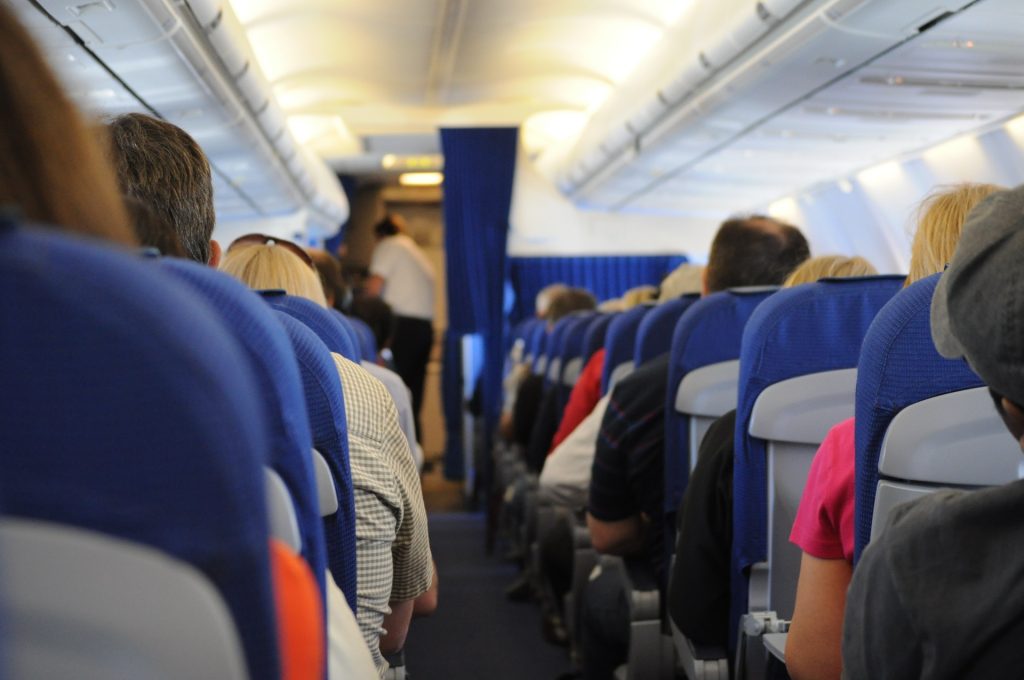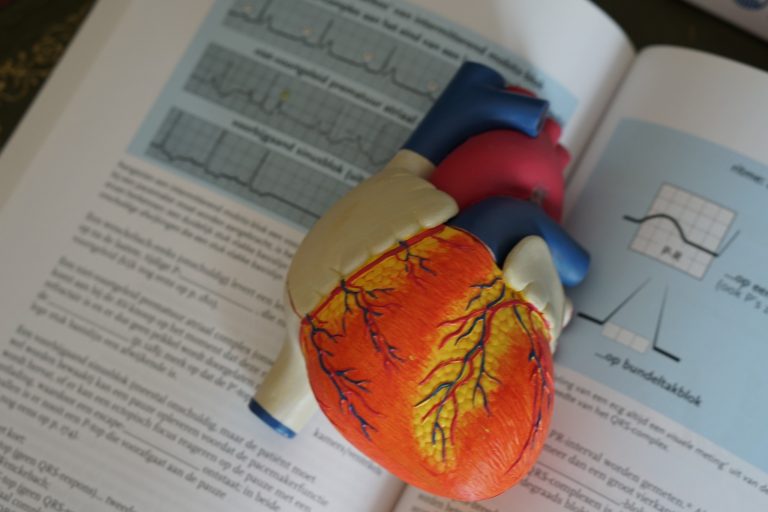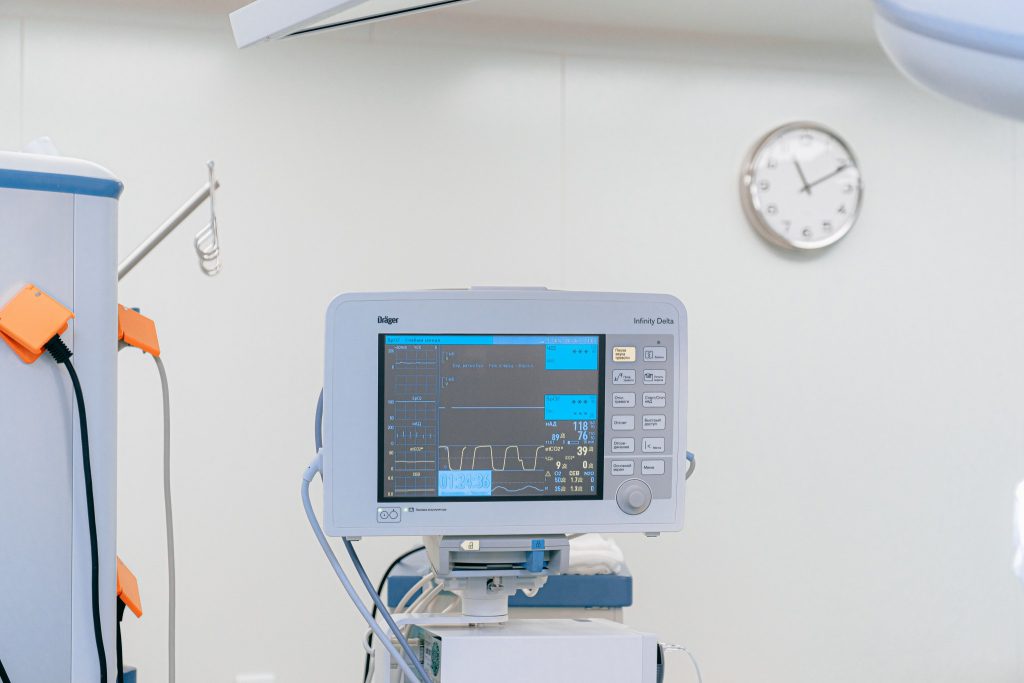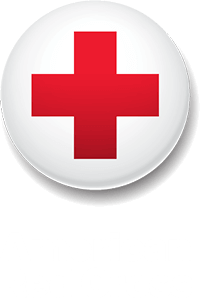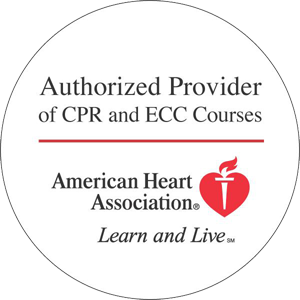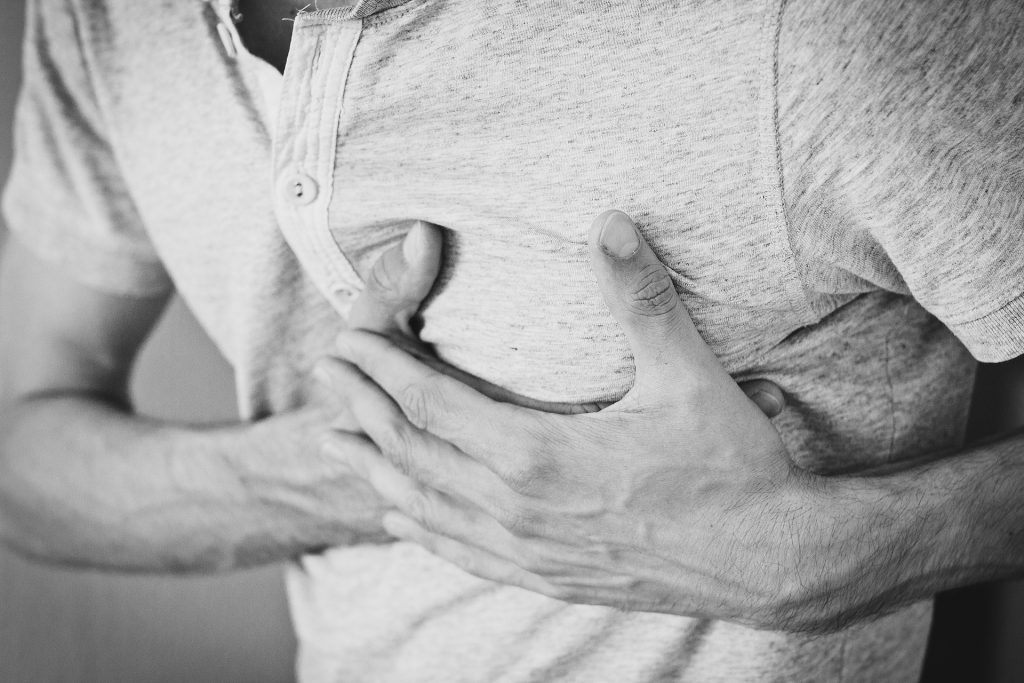 Would you know what to do if a loved one collapsed suddenly in front of you? Cardiovascular diseases are the most common cause of death in the world. CPR can be the difference between life and death. You can’t assume that someone else will step in – that’s why it’s so important to learn CPR. Getting certified is easier than you think. Reserve your spot now!
Would you know what to do if a loved one collapsed suddenly in front of you? Cardiovascular diseases are the most common cause of death in the world. CPR can be the difference between life and death. You can’t assume that someone else will step in – that’s why it’s so important to learn CPR. Getting certified is easier than you think. Reserve your spot now!
1. CPR Saves Lives
Over 300,000 individuals experience cardiac arrests annually in the United States. Sudden cardiac arrest disrupts the heart’s electrical rhythm, leading to a failure in effective blood pumping. This can lead to a person suddenly collapsing, losing consciousness, and stopping breathing. Prompt CPR can substantially boost survival rates by maintaining blood circulation until advanced medical assistance arrives, increasing the chances of survival by more than double when initiated early.
2. CPR is Not Performed Enough
Would you be surprised to learn that bystander CPR is done in less than half of all out-of-hospital cardiac arrests? National statistics have shown that only 15 to 30 percent of people who experience sudden cardiac arrests outside of hospitals receive bystander CPR.
When people are asked why they would not give CPR, a very common answer is that they never received training. Other concerns include fear of harming the individual in need of lifesaving support, legal risks, or concerns about infection. These concerns often diminish once people learn proper CPR techniques, and CPR-trained individuals find themselves empowered to help others in the event of a medical emergency.
3. You Don’t Have to Do Mouth-to-Mouth Resuscitation
Another reason people report they do not perform CPR is because of concerns about performing mouth-to-mouth resuscitation. In 2010, the guidelines for performing CPR changed, and they now say that those who do not feel comfortable or who have not received formal training, should attempt hands-only CPR. We advocate performing chest compressions even without breathing assistance. Hands-only CPR has been proven to be just as effective for many adults who experience sudden cardiac arrest.
4. Hands-Only CPR is Easy to Learn
Here are the basic steps to perform hands-only CPR:
- Place the heel of your hand on the center of the victim’s chest.
- Place your other hand on top of the first, interlacing your fingers.
- Press down on the chest about two inches and release.
You want to repeat this quickly, at least 100 times a minute. And don’t stop doing CPR until emergency services arrive at the scene – recent studies have found that people may have a better chance of surviving with normal brain function when CPR is continued up to 38 minutes or even longer.
With the advancement in technology, learning CPR has never been easier. HeartCert offers in-person, online, private kiosk, and group CPR courses that are accessible and convenient based on your schedule and learning style. The goal is to find the learning technique that works best for you so that you are comfortable if you are ever in a situation where you can save a life!
5. Most Cardiac Arrests Occur in the Home
More than 85 percent of cardiac arrests take place at home. As a result, individuals frequently report having their lives saved because of CPR performed by a husband, wife, child, or friend. In fact, there has been a big push, led by the American Heart Association, to bring CPR training to schools, which can save even more lives. So take the challenge. If you don’t know CPR, learn CPR and gain the confidence in knowing that if you are ever needed, you too can save a life!
Don’t wait until it’s too late – register to learn CPR today.
This is an updated blog post that was originally published in 2016.
HeartCert CPR is your trusted training partner for CPR, ACLS, PALS, EMR, First Aid, CNA, IV, EKG and more, in Minnesota and throughout the United States.
HeartCert CPR courses include CPR/AED/First Aid, Basic Life Support (BLS), Advanced Cardiac Life Support (ACLS), Pediatric Advanced Life Support (PALS), Certified Nursing Assistant training, IV training, EKG training, babysitter basics and more. Courses and certifications from both the American Heart Association and American Red Cross are available.
We are now offering virtual CPR courses and certifications, as well as safe in-person courses at all locations and our headquarters, HeartCert CPR Eagan.


